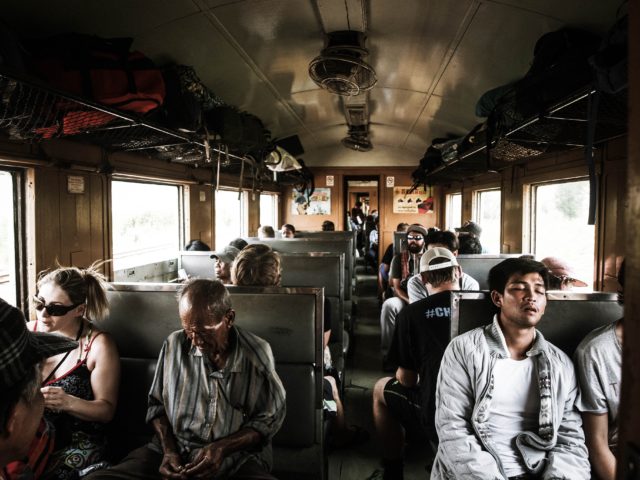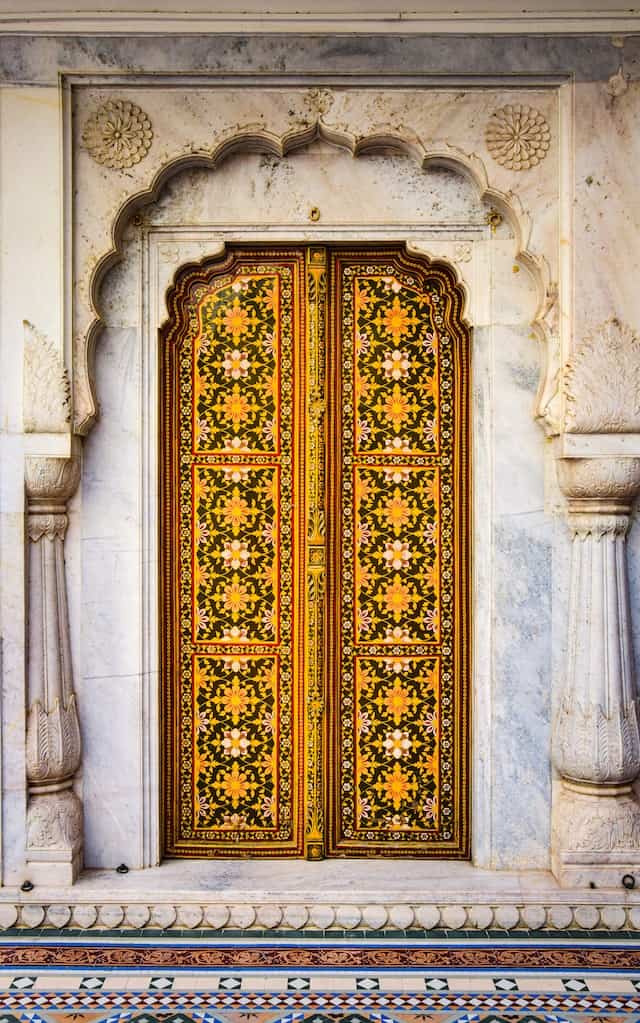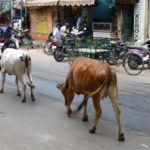Everything You Need to Know about Transportation in India

If you are traveling to India for the first time, you might find that it is unlike any other country you have been to. You may first be aware of the chaos, dust and general mayhem especially if you land in a city like Mumbai. Once you get past that, you will see the beauty of India emerge. India’s beauty is in its nuances and its diversity. India is divided into 29 states and 7 union territories, with a long coastline to the south mountains to the north.
Traveling in India can be very exciting, and can be done no matter how deep your pockets are. There are those who backpack across India and love the trains and then there are those who have driven across India in cars or bikes. If you are traveling to India for the first time, here are some tips that might come in handy while booking your travels in India.
Trains
India has a very extensive railway network and traveling by train in India is quite an experience. Indian trains need prior reservation, which can be done online. While booking your train, you will notice that there are different classes, which are directly proportional to comfort and crowds. The classes start with First Class, Second AC, Third AC, Sleeper Class and General. General class does not require prior reservation but on busy routes, you might not be able to enter the train because of the rush of people.
As a student I used to travel in Second Class compartments, but as a working professional who can afford a little comfort I choose Third AC on most journeys. Some cities like Mumbai have local trains along with a metro system. These local trains also have a class system proportional to the cost and comfort, as well as a ladies compartment where men are strictly not allowed. These compartments are essential for rush hour when jostling for space with men can be tedious. During rush hour, the ladies compartment will be filled to the brim as well.

Planes
The fastest way to travel a vast country like India is by flight. There are private as well as government-run airlines such as Air India, Indigo, GoAir, and SpiceJet, with new ones added frequently. The easiest method to book tickets is online through websites such as yatra.com and cleartrip.com, among others. There are economic as well as full-service carriers, and between smaller cities that are close by, ATR flights are quite common.
Buses
India is connected by private buses as well as state government-operated buses. You can book most bus tickets online at some popular sites such as redbus.in or you can always head over to the nearest bus hub or tour company in order to book tickets. Some states, like Maharashtra and Karnataka, have great state government-sponsored buses and roads.
Most local buses dedicate the first half of the bus to women, and women are expected to enter from the front of the bus and men from the back of the bus. In most cities, tickets can be purchased from inside the bus for local travel. You may also purchase monthly passes for local buses and trains at the bus depot. Major cities have recently started hop-on-hop-off services but keep in mind, that there is often a ton of traffic.
Taxis and Autorickshaws
Taxis are not a common mode of transportation in India, yet rickshaws are very popular. Rickshaws are supposed to run on meters starting with a minimum charge, which is different in different cities. Different cab operators have cab services, which include Meru, MegaCabs, Ola, and Uber. You can refer to this website for a comprehensive auto fare and cab fare in each city in India.
When taking cabs or taxis, it is important to look for approved taxi services as unfortunately there are many swindlers who see tourists as soft targets. At airports it is always a good idea to take pre-paid cabs/taxis or hire from one of the aforementioned services. A good way to distinguish between taxis/tourist vehicles and private vehicles is by the colour of the registration plate. Private vehicles have white plates whereas tourist vehicles or taxis have yellow coloured registration plates.
Everything You Need to Know about Transportation in India.
Driving
While bigger cities grapple with traffic problems especially during peak hours, some cities like Bangalore have rent-a-car services such as ZoomCar. Because Indians are always on the lookout to save money and gas, there are few automatic options available too. In places like Goa, renting a scooter is a great way to go about beach hopping or traveling in general. Riding a scooter can be a fun way to feel the wind in your hair, but watch out for sunburns! Indians drive on the left side of the road and have nonchalant attitudes about traffic rules. So if you choose to drive, you need to be a little extra careful.
Walking or Cycling
Indian cities are not great for walking or cycling as most cities do not have consistent pavement. Cities like Delhi and Chandigarh are better designed in this aspect. Travelling on foot or cycling to and from work is something that a lot of Indians do even though it is not a comfortable option. India is not stroller friendly so parents with kids might want to leave the strollers at home. Strollers are useful only if you are taking your kid for a walk in a gated community or a nearby park.
Each different region in India has a distinct landscape, which becomes evident on long journeys. You can actually see the landscapes change from plains, to forests, to deserts, to hills and mountains. Every city in India is steeped in history and it is not unusual to pass a 400- or even 1000-year old building or monument on your daily commute.
Welcome to India! I hope you have a wonderful time exploring my country.
Everything You Need to Know about Transportation in India photo by Unsplash.









nice article.